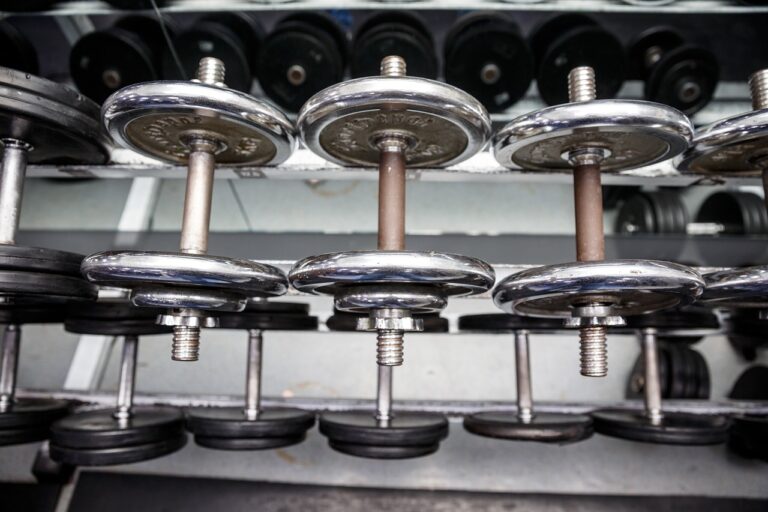Nephrology Leadership: Leading Teams in Kidney Care: Sky247 com login password, 11xplay new id sign up, Play99exch
sky247 com login password, 11xplay new id sign up, play99exch: The Impact of Air Quality on Lung Health in Recreational Facilities and Gyms
Have you ever walked into a gym or a recreational facility and felt like you couldn’t catch your breath? Or maybe you’ve noticed that your lungs feel heavy and congested after a workout session? These are all signs that the air quality in these spaces may not be as good as it should be. In this article, we will explore the impact of air quality on lung health in recreational facilities and gyms, and discuss some strategies for improving indoor air quality to promote better lung health for all gym-goers.
The Importance of Indoor Air Quality
Indoor air quality refers to the quality of the air inside a building, such as a gym or recreational facility. Poor indoor air quality can have a significant impact on our health, particularly our lung health. In buildings where there are a lot of people, such as gyms and recreational facilities, indoor air quality can be compromised by a variety of factors, including:
– Poor ventilation: Proper ventilation is essential for maintaining good indoor air quality. In gyms and recreational facilities, where there are often a lot of people working out and sweating, adequate ventilation is crucial for removing stale air and bringing in fresh air from outside.
– Air pollutants: Indoor air pollutants, such as dust, mold, and chemicals from cleaning products, can accumulate in gyms and recreational facilities and have a negative impact on lung health.
– High humidity: High humidity levels can promote the growth of mold and mildew, which can trigger asthma symptoms and other respiratory issues.
– Poor maintenance: Failure to properly maintain HVAC systems and air filters can result in poor indoor air quality.
The Impact of Poor Indoor Air Quality on Lung Health
Poor indoor air quality in gyms and recreational facilities can have a range of negative effects on lung health, including:
– Respiratory irritation: Exposure to air pollutants can cause irritation of the respiratory tract, leading to symptoms such as coughing, wheezing, and shortness of breath.
– Exacerbation of asthma and allergies: For individuals with asthma or allergies, poor indoor air quality can trigger symptoms and exacerbate their condition.
– Increased risk of respiratory infections: Poor indoor air quality can weaken the immune system and make individuals more susceptible to respiratory infections, such as colds and the flu.
– Long-term health effects: Prolonged exposure to poor indoor air quality can have long-term health effects, including an increased risk of lung cancer and other respiratory diseases.
Strategies for Improving Indoor Air Quality in Recreational Facilities and Gyms
Improving indoor air quality in gyms and recreational facilities is essential for promoting better lung health for all patrons. Here are some strategies for achieving better indoor air quality:
– Increase ventilation: Ensuring adequate ventilation is key to maintaining good indoor air quality. Gyms and recreational facilities should have proper ventilation systems in place to bring in fresh air from outside and remove stale air.
– Use air purifiers: Air purifiers can help remove airborne pollutants, such as dust, pollen, and mold spores, from the air, improving indoor air quality.
– Control humidity levels: Keeping humidity levels between 30-50% can help prevent the growth of mold and mildew, which can negatively impact lung health.
– Regular maintenance: Regularly servicing HVAC systems and replacing air filters can help ensure that indoor air quality is maintained at a high level.
– Avoid harsh chemicals: Use environmentally friendly cleaning products and avoid using harsh chemicals that can release harmful fumes into the air.
FAQs
Q: How can poor indoor air quality in gyms affect my workout performance?
A: Poor indoor air quality can lead to respiratory irritation and shortness of breath, making it harder to perform at your best during a workout.
Q: Can exposure to poor indoor air quality in gyms lead to long-term health issues?
A: Prolonged exposure to poor indoor air quality can increase the risk of respiratory diseases and other long-term health issues.
In conclusion, the impact of air quality on lung health in recreational facilities and gyms is significant. Poor indoor air quality can have a range of negative effects on lung health, including respiratory irritation, asthma exacerbation, and an increased risk of respiratory infections. By implementing strategies to improve indoor air quality, such as increasing ventilation, using air purifiers, and controlling humidity levels, gyms and recreational facilities can promote better lung health for all patrons. Ultimately, ensuring good indoor air quality is essential for creating a healthy and safe environment for exercise and physical activity.







